What Are Carbon Plate Running Shoes?

The idea of adding a carbon plate into a running shoe has been around since the late 1980s, but the modern revolution in carbon plate running shoes is credited to the original Nike Vaporfly 4%, which was released in 2017. Since then, these shoes have re-written almost every single running record for the professionals, while amateurs have consistently been lacing them up to run new fastest times, meaning carbon plate shoes have transformed the sport of running.
So what exactly are carbon plate running shoes? How do they work? And should you add a pair to your running shoe rotation?
What Is This Carbon Plate That Runners Are Talking About?
The plate is a thin piece of carbon fibre which is sandwiched between two pieces of foam in the midsole of a running shoe.
Carbon fibre is used because it’s very stiff and very light, and the plate is usually curved upwards at the front, which creates a natural rocker shape in the shoe.
You can find carbon plates in road shoes, trail shoes and track shoes, and they’ve taken on the name of ‘supershoes’.
Different brands have designed different shapes of plate. Some shoes have a full length carbon plate along the whole midsole, while others have a partial plate (track spikes often only have a forefoot plate). Saucony’s plate looks like a fork beneath the toes, while Adidas uses carbon rods, which replicate the structure of the foot.
Some brands also have plates made from nylon, plastic and TPU, and these still give many of the benefits of the carbon plate, though they tend to be less rigid but are often cheaper.
What Is It Like To Run In A Carbon Plate Shoe?
Imagine having a small trampoline under each foot and then jumping! Carbon plate shoes can give you bounce in your stride, and because of the shape they give the impression that they are rolling you forward as you run. They make you feel like you’re running fast (often because you are running fast in them!).
While these shoes feel springy, they aren’t technically bouncing you down the road. You still have to do all the work in them, but they can help runners be more efficient, which is how they help you run faster times.
How Do Carbon Plate Running Shoes Work?
The carbon plate is important, but it’s the combination of the foam used, the shoe’s geometry, and the plate which creates the responsive ride that runners want from these shoes.
Each running brand’s proprietary foam is different. Some are softer, some firmer, some bouncier. The foam provides cushioning to your feet while also absorbing the shock with each step, where the energy you put into that step is transformed and returned to you as momentum. More foam means potentially more energy return (and more protection for your legs), which is why these shoes are often very tall.
The supershoe foams have been optimised to maximise that energy return, but on their own these foams can be quite unstable. That’s where the plate comes in.
The plate is placed inside, or between layers of, the foam and is there to provide stability and structure to the shoe. This helps to enhance the energy return, while its rigid curved shape makes it feel like the shoe is pushing runners forward.
If you look at many of these shoes from the side or beneath then you can often see and touch the physical plate through cutouts in the foam.
The energy return in these shoes can also help to reduce the fatigue your legs feel, and less fatigue means a quicker recovery and the potential to run again sooner.
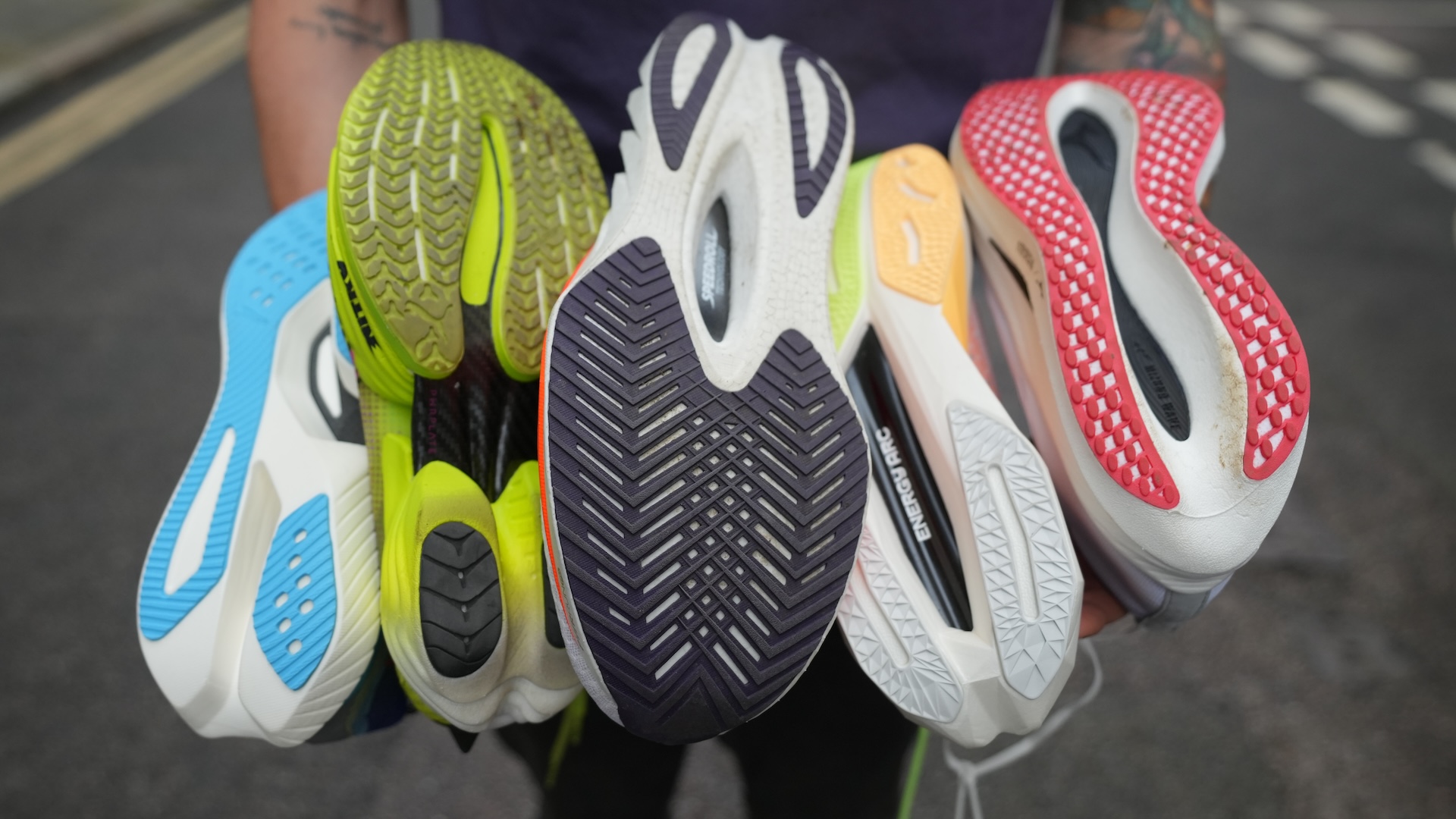
How Do Carbon Plate Running Shoes Make You Run Faster?
This all comes down to your running economy.
In other words, these shoes can help you to run faster for longer while utilising oxygen and muscle energy more efficiently. That efficiency could correspond to between a 2% and 6% improvement in your race time, which may not sound like much, but for a four-hour marathon that could mean 10 minutes faster, or more.
Are All Carbon Plates The Same? How Do I Know What Carbon Plate Shoe Is Best For Me?
Each carbon plate is shaped a little different, with different geometry, and a different foam structure. Depending on the way you run, certain carbon plate running shoes may work better for you. And it’s been shown that runners with the best form will likely get the best results from carbon plate shoes: poor form and mechanics can’t be fixed by these shoes, and may lead to injuries. So what should you consider in looking for the right carbon plate running shoe?
Some of these shoes have a very small heel (like the Nike Alphafly 3 or the non-existent heel in the Mizuno Wave Rebellion Pro 2), so these shoes won’t work for heel strikers. Midfoot runners may prefer a shoe which has more of a rockered shape, which helps to tip them forward on their toes, while heel strikers may benefit from something with a more substantial heel, like the New Balance SC Elite v4. There are two different versions of the ASICS METASPEED to suit different running styles.
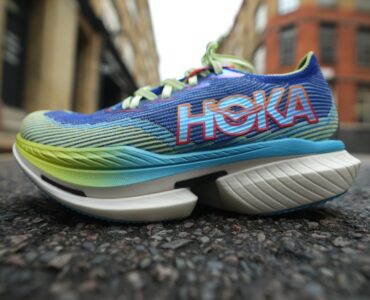
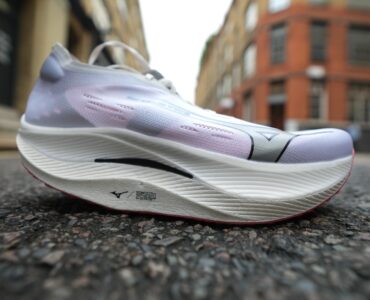
Each brand also feels quite different on your feet. Some brands have an aggressive bounce and propulsion to them (adidas, Nike, Saucony), some are more firm (Brooks), and others feel more comfortable and stable (New Balance).
If a shoe feels good and responsive to you then it’s because it’s working well with your running style. If a shoe feels flatter or awkward to run in then perhaps it’s not the right choice for you. The best way to know if a carbon plate shoe is right for you is to try it on and go for a short run.
This All Sounds Great! What’s The Bad News?
Well first of all these shoes can be very expensive (we’ll get to that later), but actually there’s research looking at how these shoes might have a negative impact on the body, which may lead to injury (though this doesn’t change the facts that these shoes have helped many people run faster).
Carbon plate running shoes can change your running stride (making it longer), which along with the responsive foam creates a different kind of load on the lower body compared to walking or running in non-plated shoes (or just barefoot). Runners may also find that because of the stiffness in the shoe they are under-utilising some muscles, while others (like the achilles or calf muscles) can be strained. There may be an increase in foot injuries, particularly to the plantar fascia and some of the tendons, because of running in carbon plate shoes.
To ease this strain, it’s recommended that you run in a variety of shoes to help add strength to your feet and legs.
Can Carbon Plate Running Shoes Work For Slower Runners?
Yes, they can! While research has shown that the greater gains in efficiency come at faster speeds (that’s what they’re designed for, after all), slower runners can still benefit from the energy return in the shoe, and the way that carbon plate running shoes can reduce fatigue in your legs. You just need to find the carbon plate running shoe which can work best for the way that you run.
Should You Train In Carbon Plate Running Shoes?
Yes, you can! And some brands have plated shoes designed specifically for training. You should also use them a few times in training to ensure your legs and feet can adapt to the shoes.
But we don’t recommend wearing them for all your runs as they can end up causing weakness in your foot muscles and tendons, plus in other muscles in the leg. Save these shoes for your hardest efforts and race day.
Also, think of these shoes as a boost button for race day! If you do your training in non-plated shoes and you can hit your goal paces, then when you put on carbon plate shoes for your race those paces should feel easier.
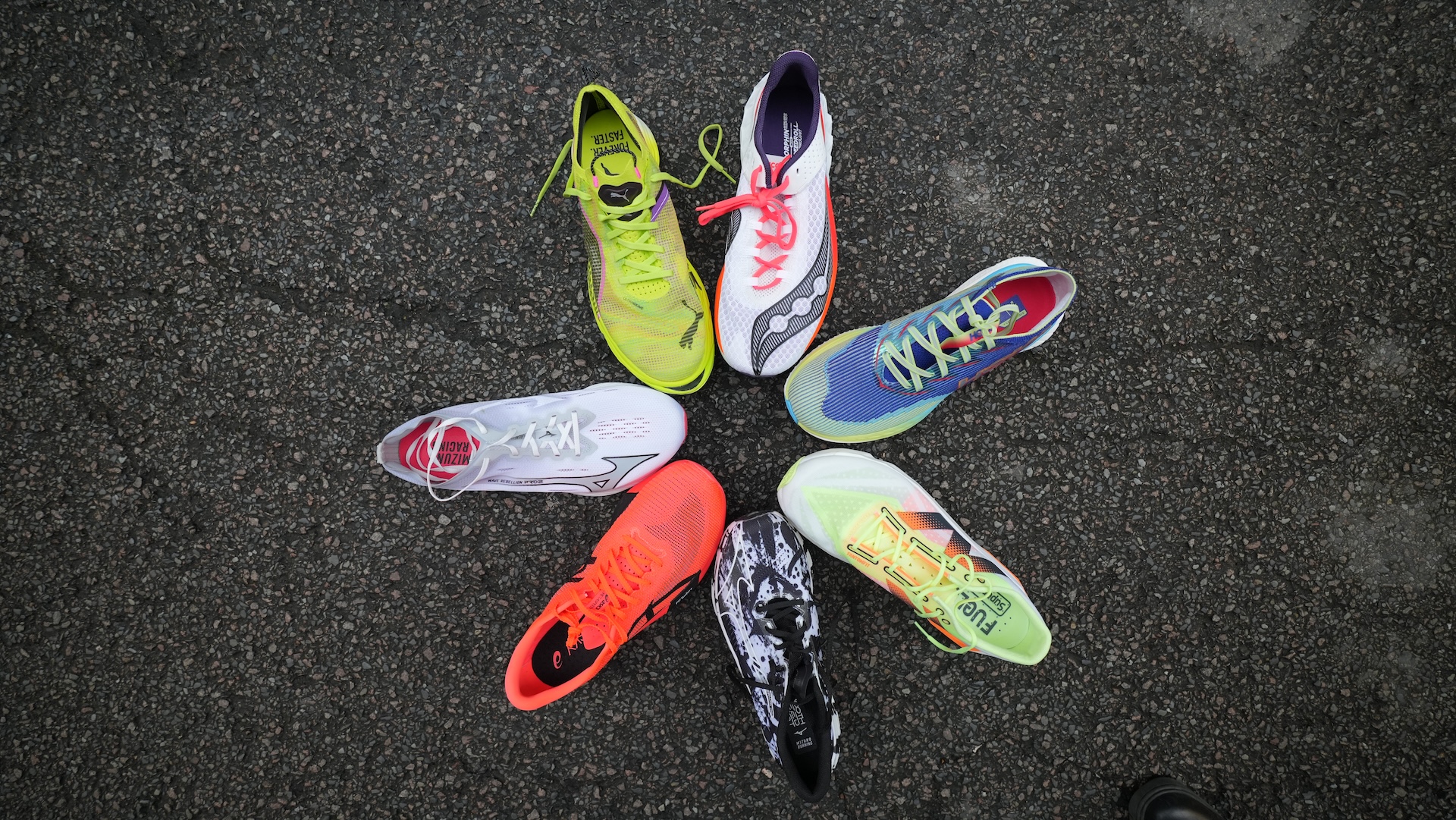
How Many Miles Can You Run In A Pair Of Carbon Plate Shoes?
Most of these shoes are designed to be used for racing, plus a few training runs to get used to the shoe.
You should be able to get at least two marathon races (or the equivalent distance in shorter races) out of a pair of carbon plate shoes, and you’ll likely be able to get more. If you feel like the shoes aren’t as responsive as they were when you first got them, then you can still run in them and use them for faster training sessions. We’ve seen carbon plate racing shoes with more than 1,000km in them, so as long as they’re still comfortable, then keep on running in them to get your money’s worth.
Why Are Carbon Plate Running Shoes Expensive?
Ah, yes, the unavoidable question. Some of these shoes sell for £250, £300, even £450 for a pair, so they can be very expensive.
The cost is because of all the technology used in these shoes and how each part of the shoe is optimised for performance. That often means using the lightest foams, the best and lightest uppers, plus the plate, and all of those materials are expensive.
We understand that this means the shoes aren’t an option for all runners (though look out for good deals in the sales!), but they also aren’t essential for all runners. Until only a few years ago, no-one wore carbon plate running shoes and people still managed to run great times without them.
So Should You Wear Carbon Plate Shoes?
There’s good scientific research into how these shoes can benefit runners, especially those looking to run faster times. And you just have to look at the start or finish line of any race to see how many runners use these shoes. But just because they might help you run fast doesn’t mean they will work for every runner.
If you’re thinking of buying some then head to a running store and try some on because if you’re going to spend a lot of money on a pair of trainers then you want to make sure they work for you. And if you find that pair then there’s a good chance they can help you towards that new PB.
Have you found a benefit from wearing carbon plate racing shoes? Have you found any negatives from wearing them?

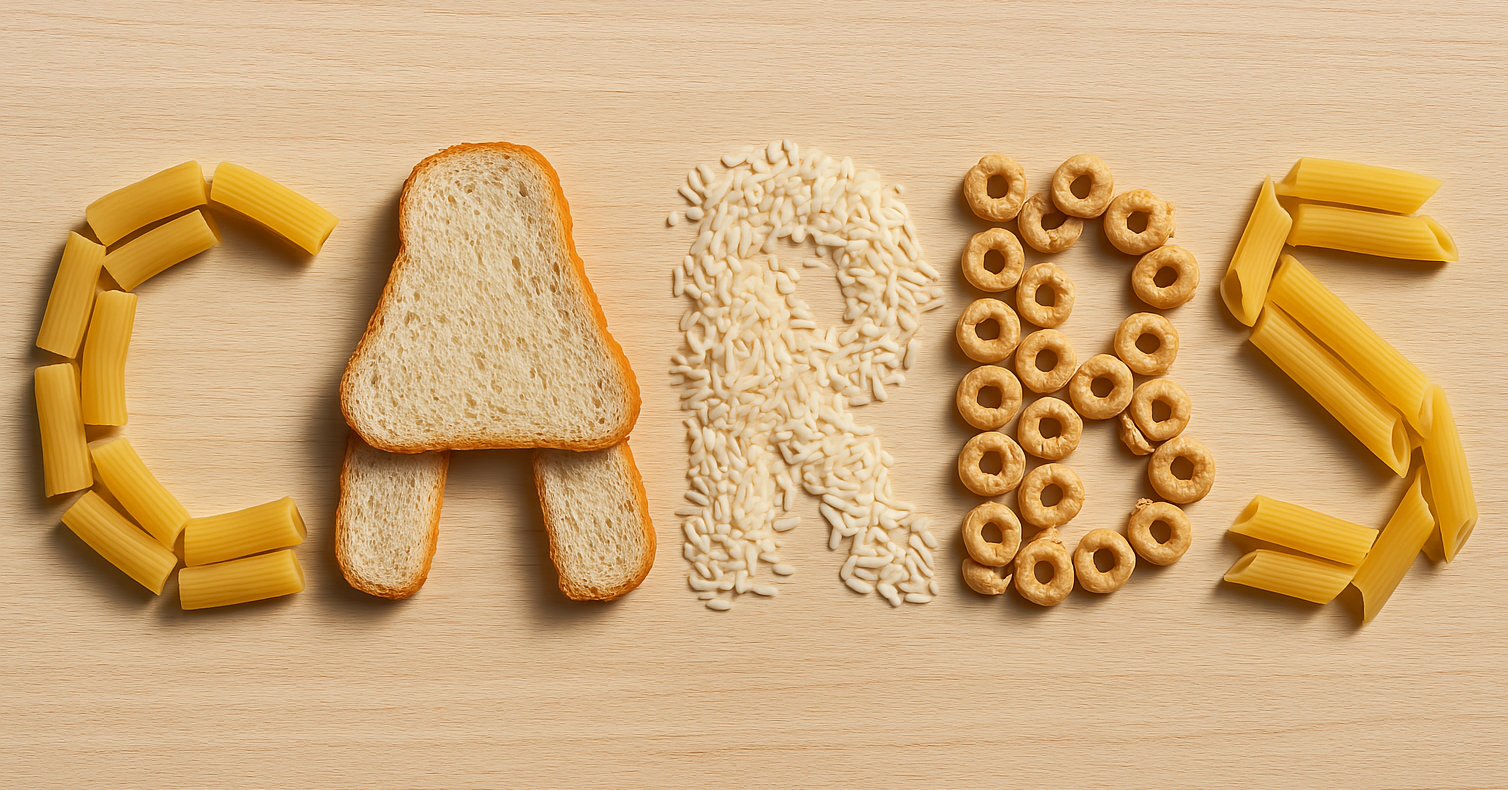


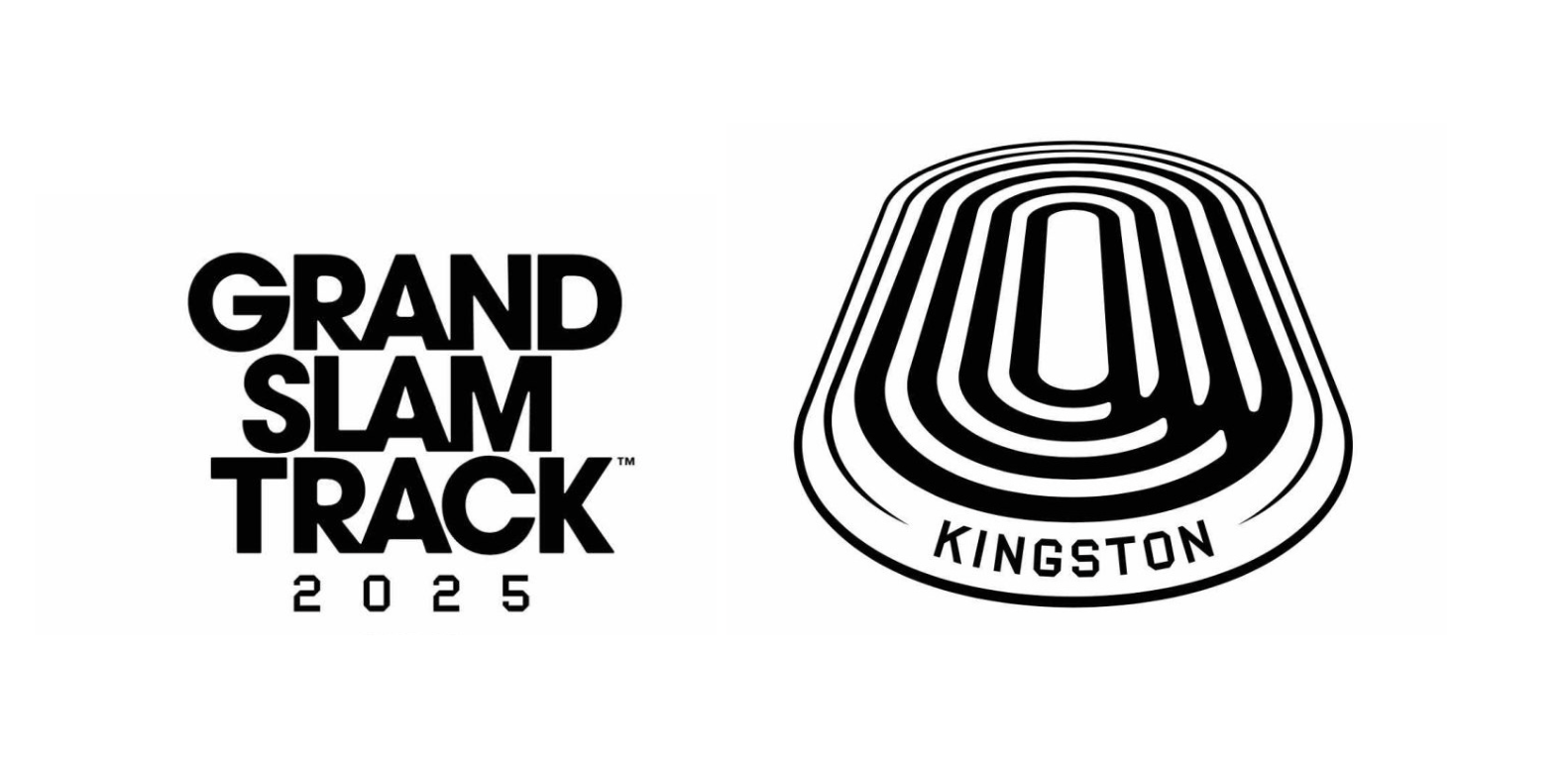


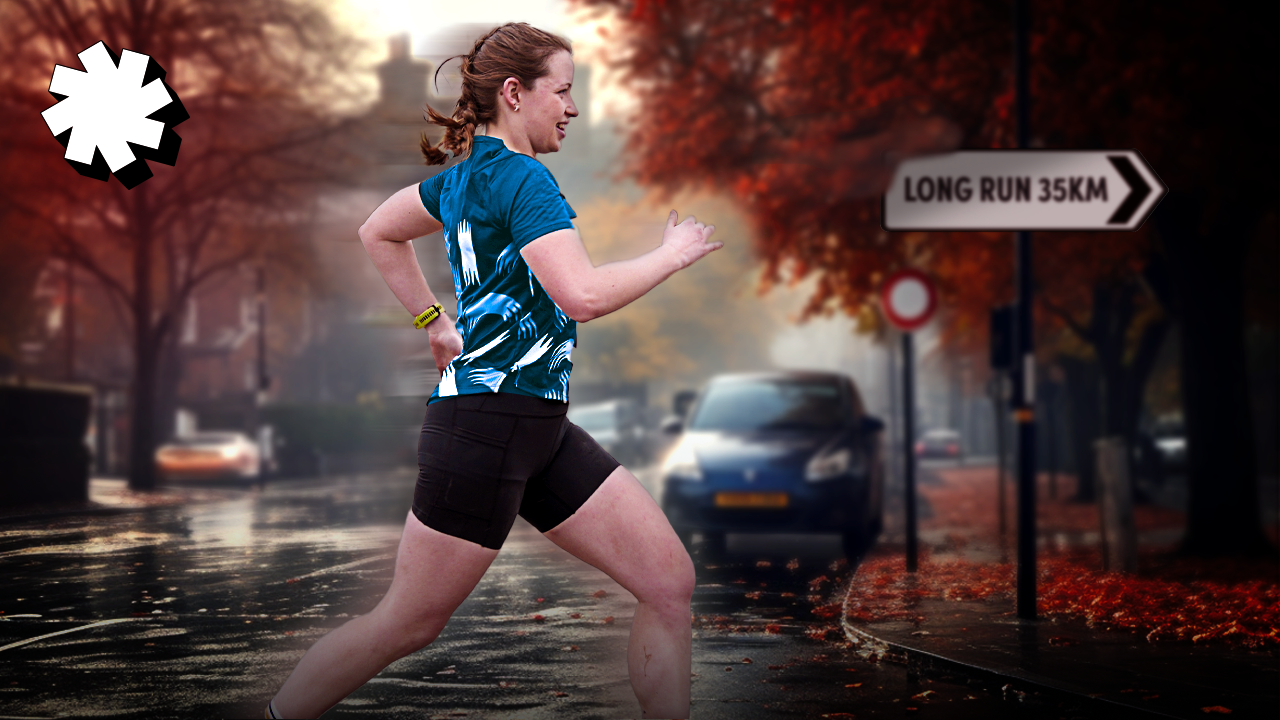
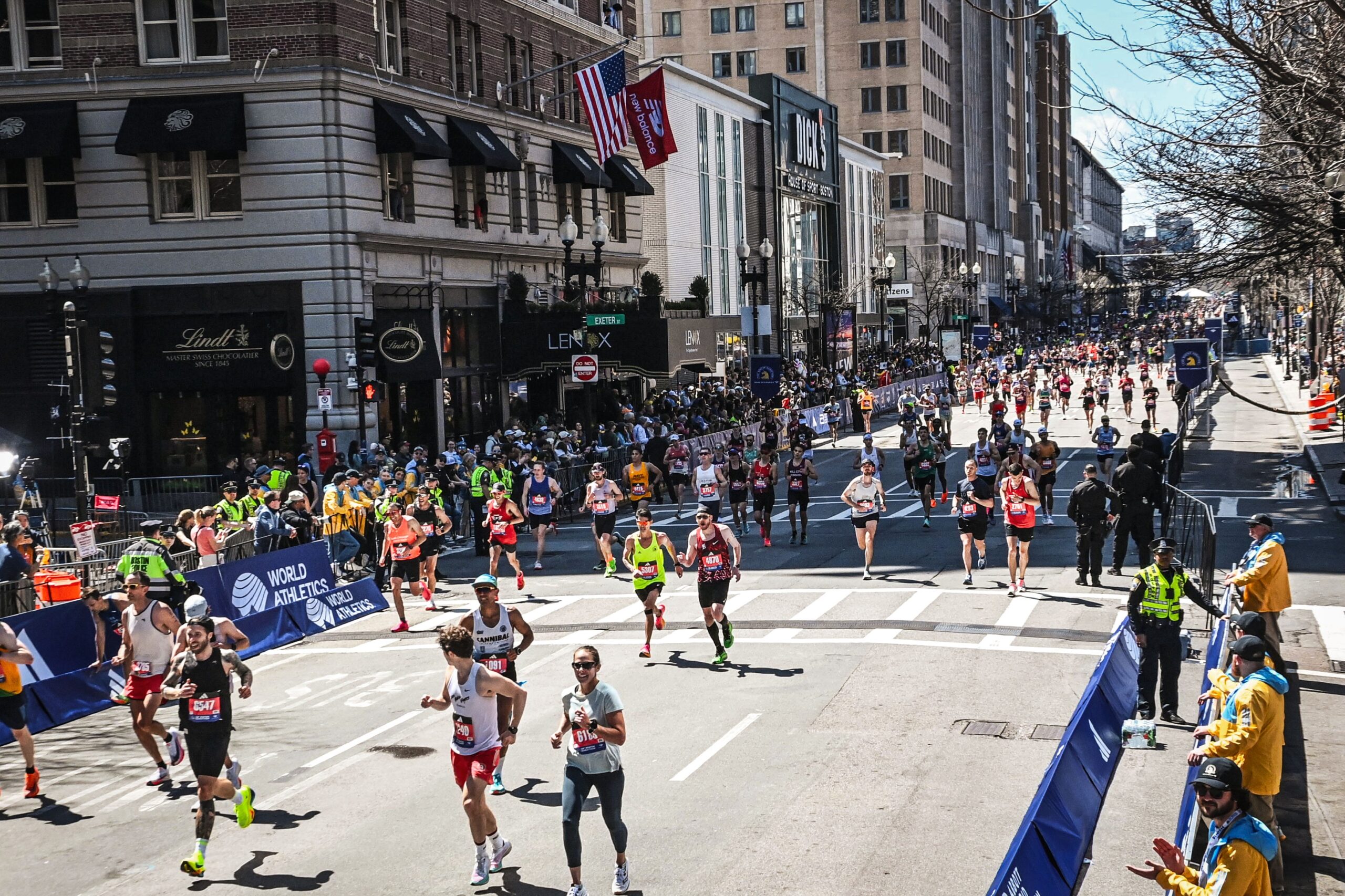
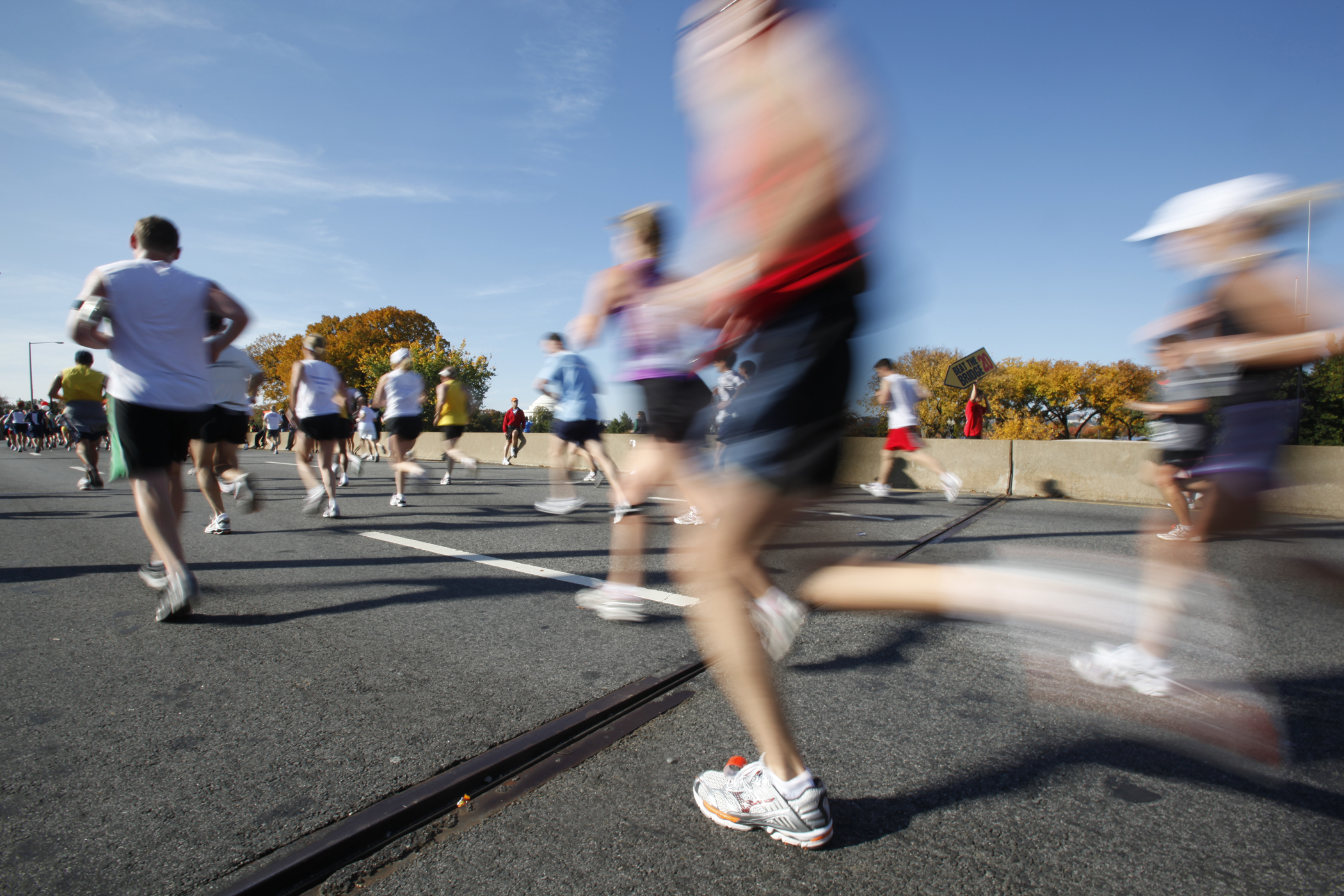

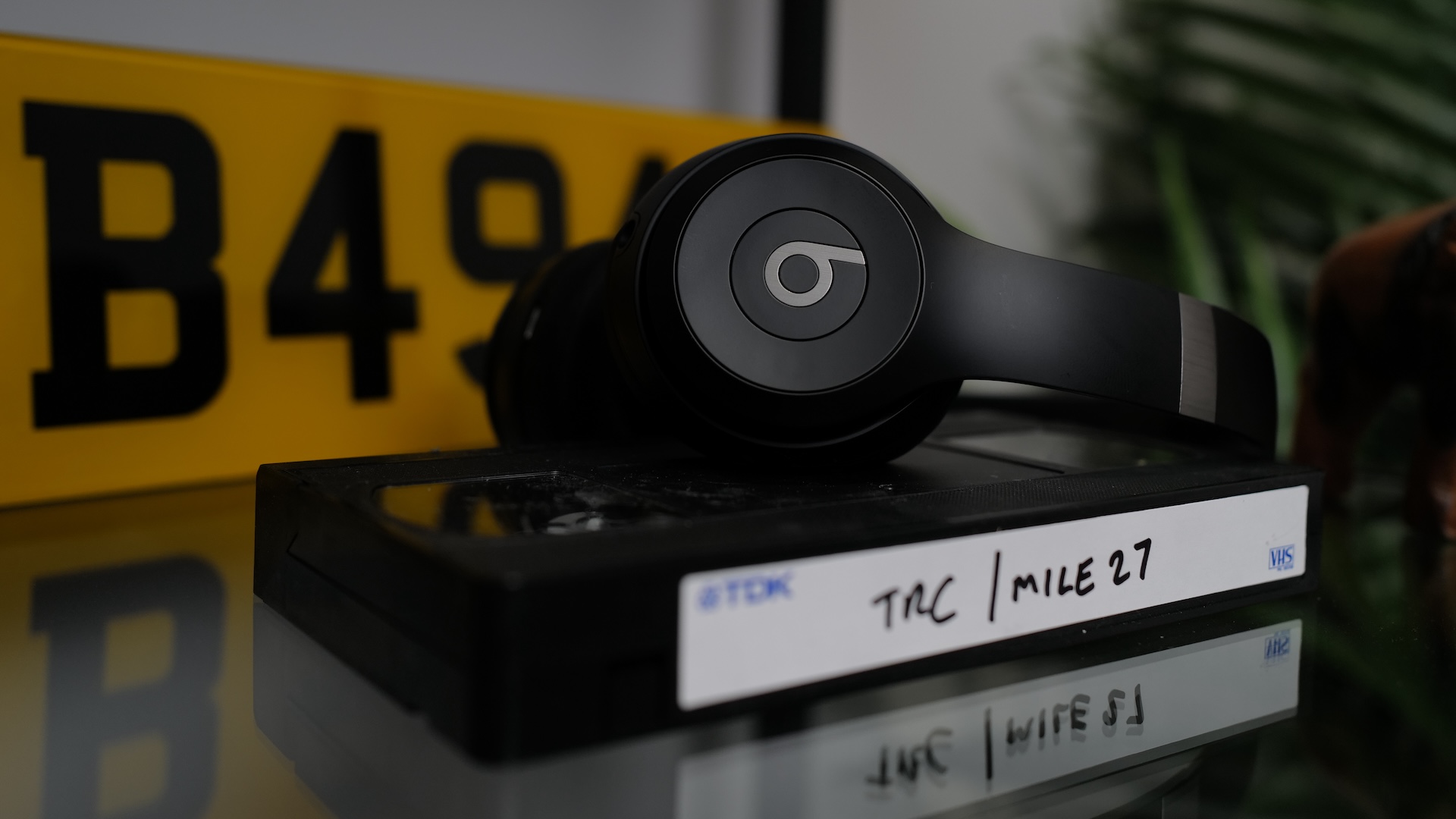

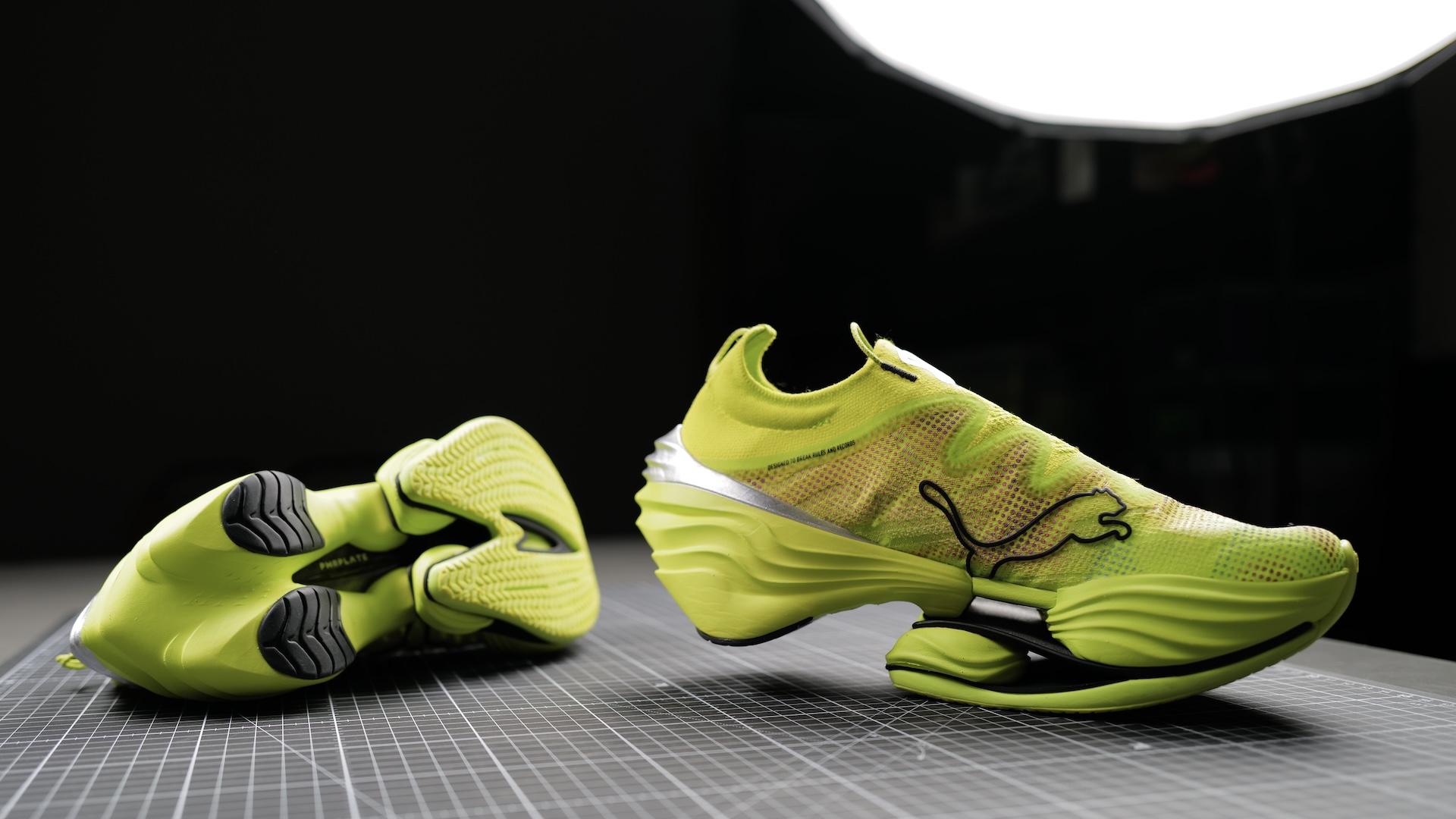
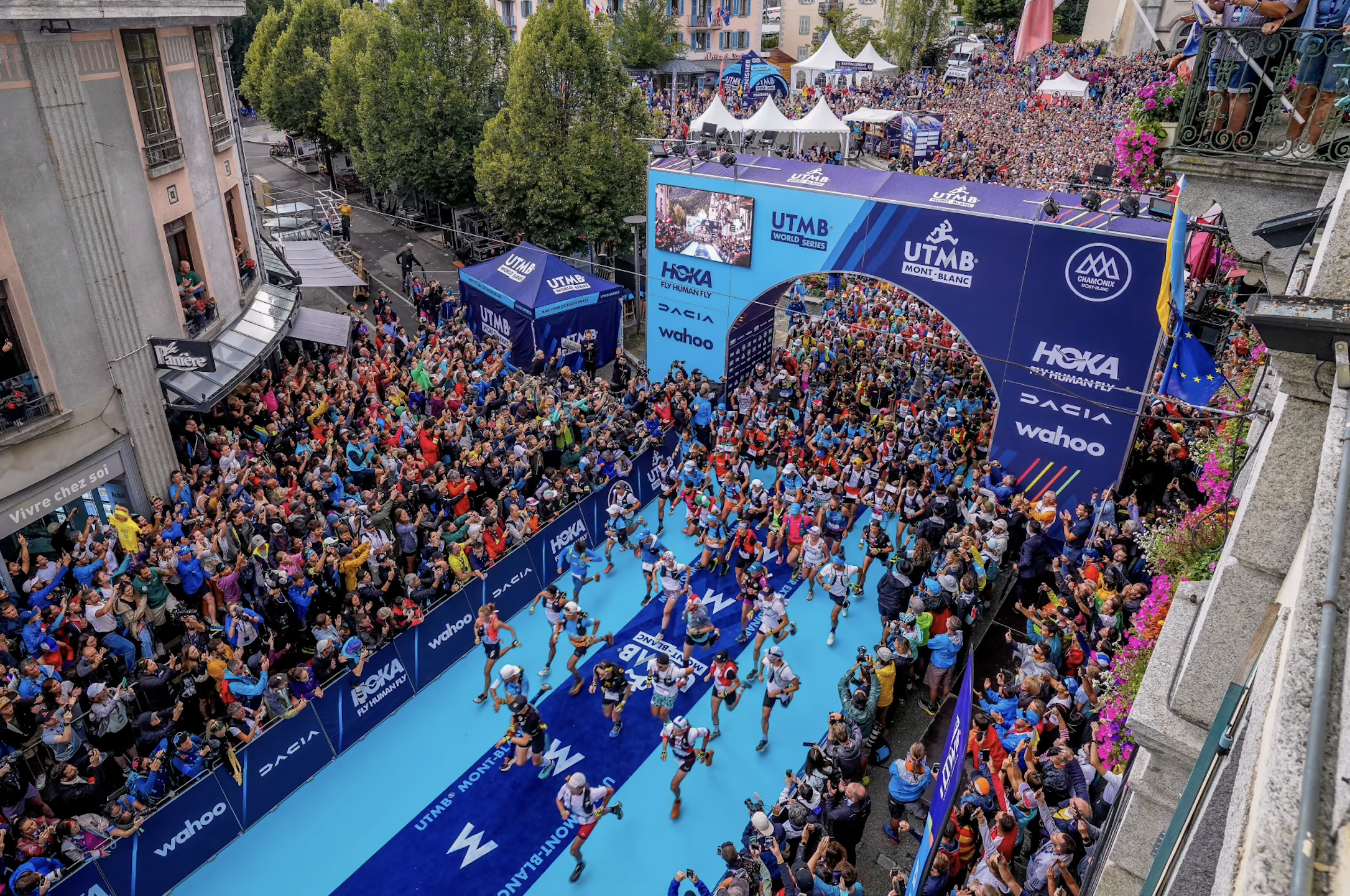
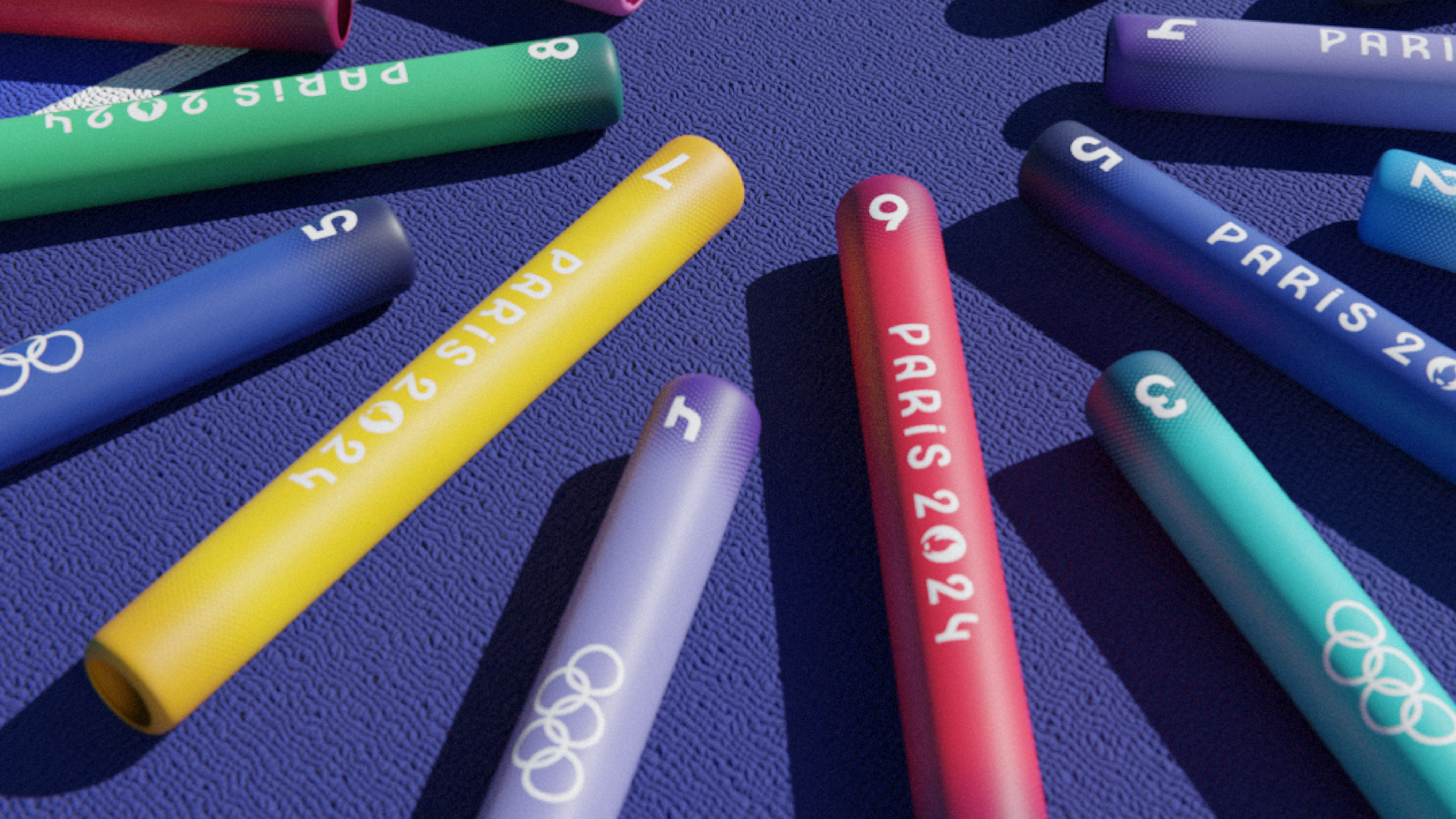
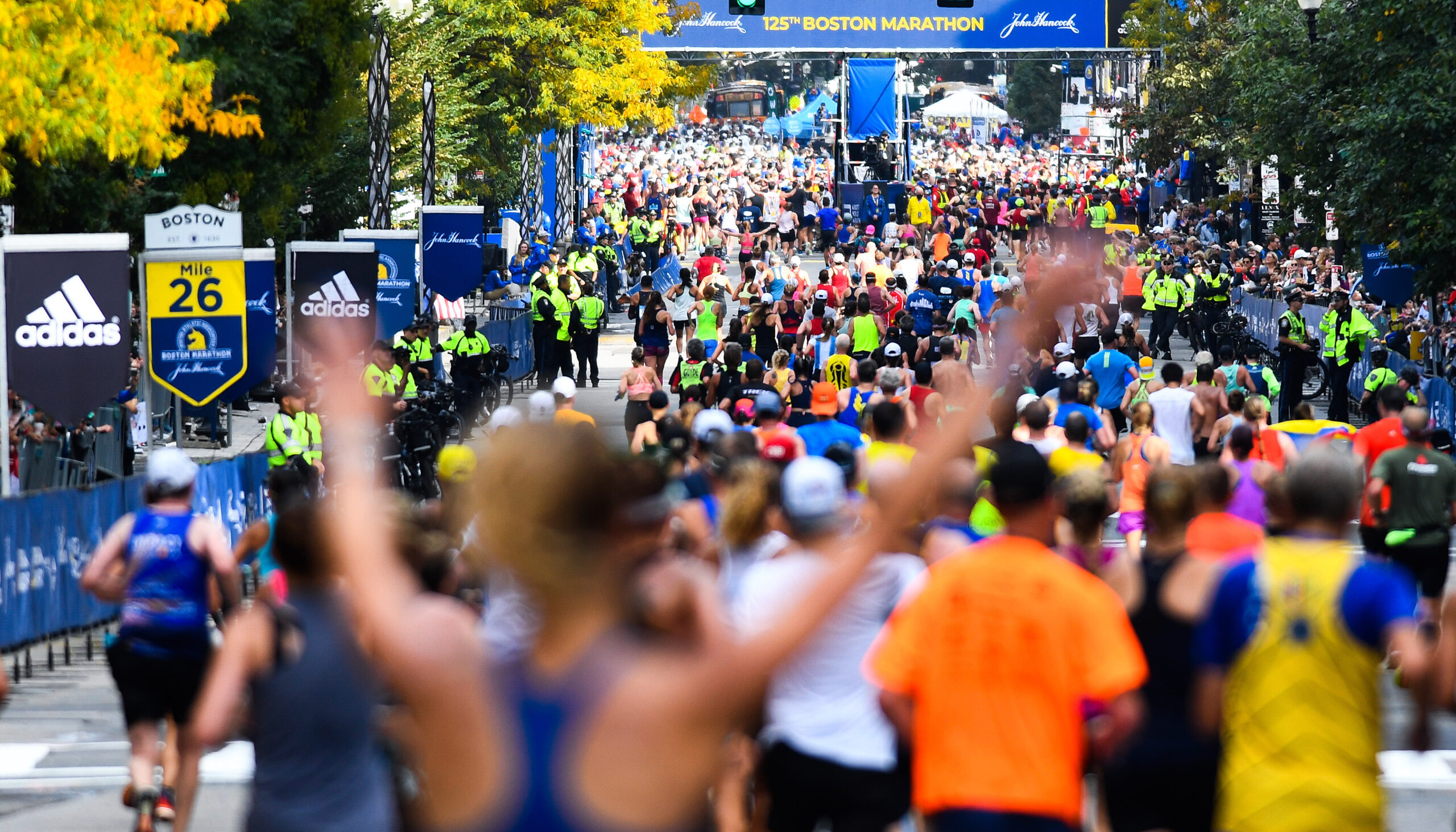
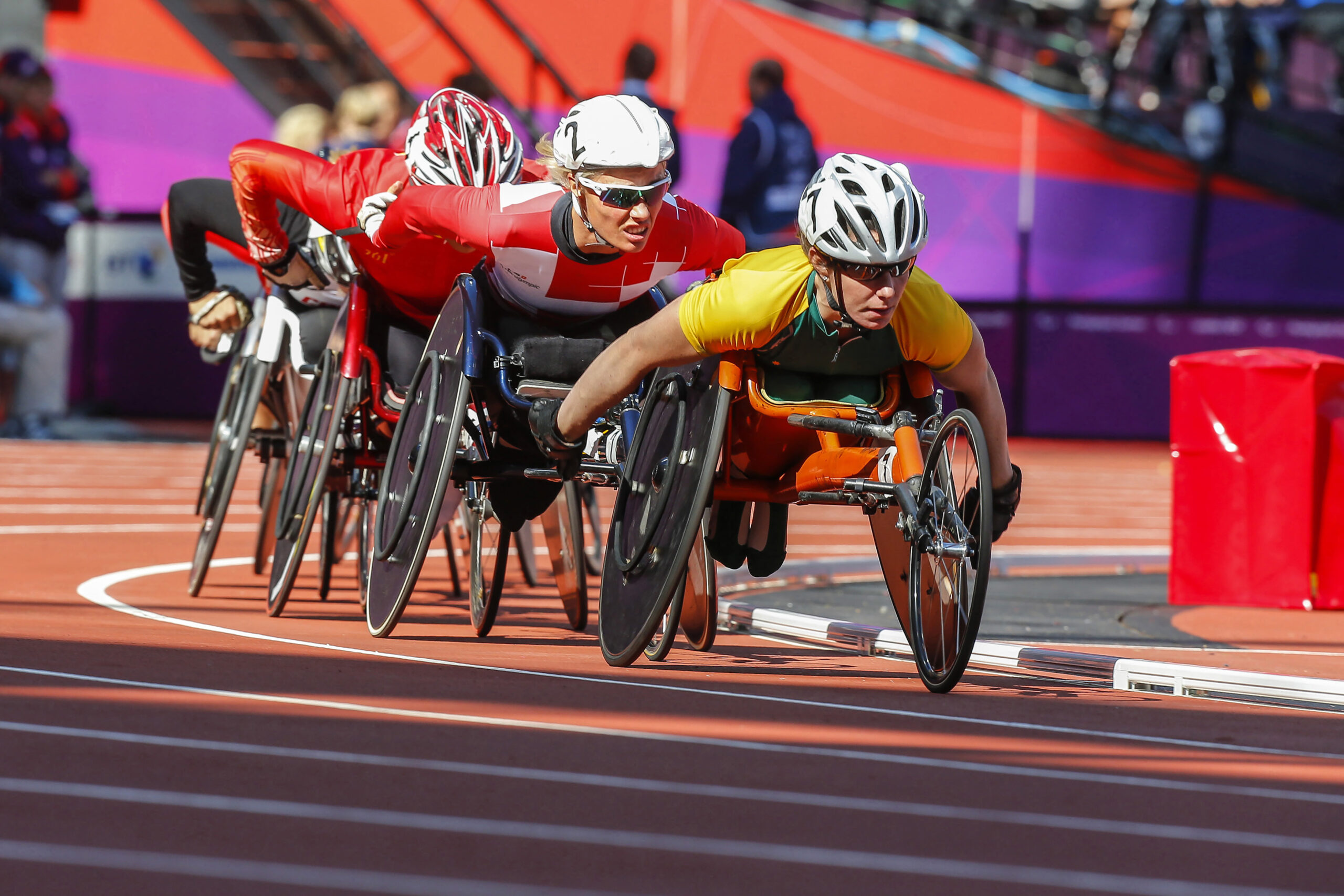
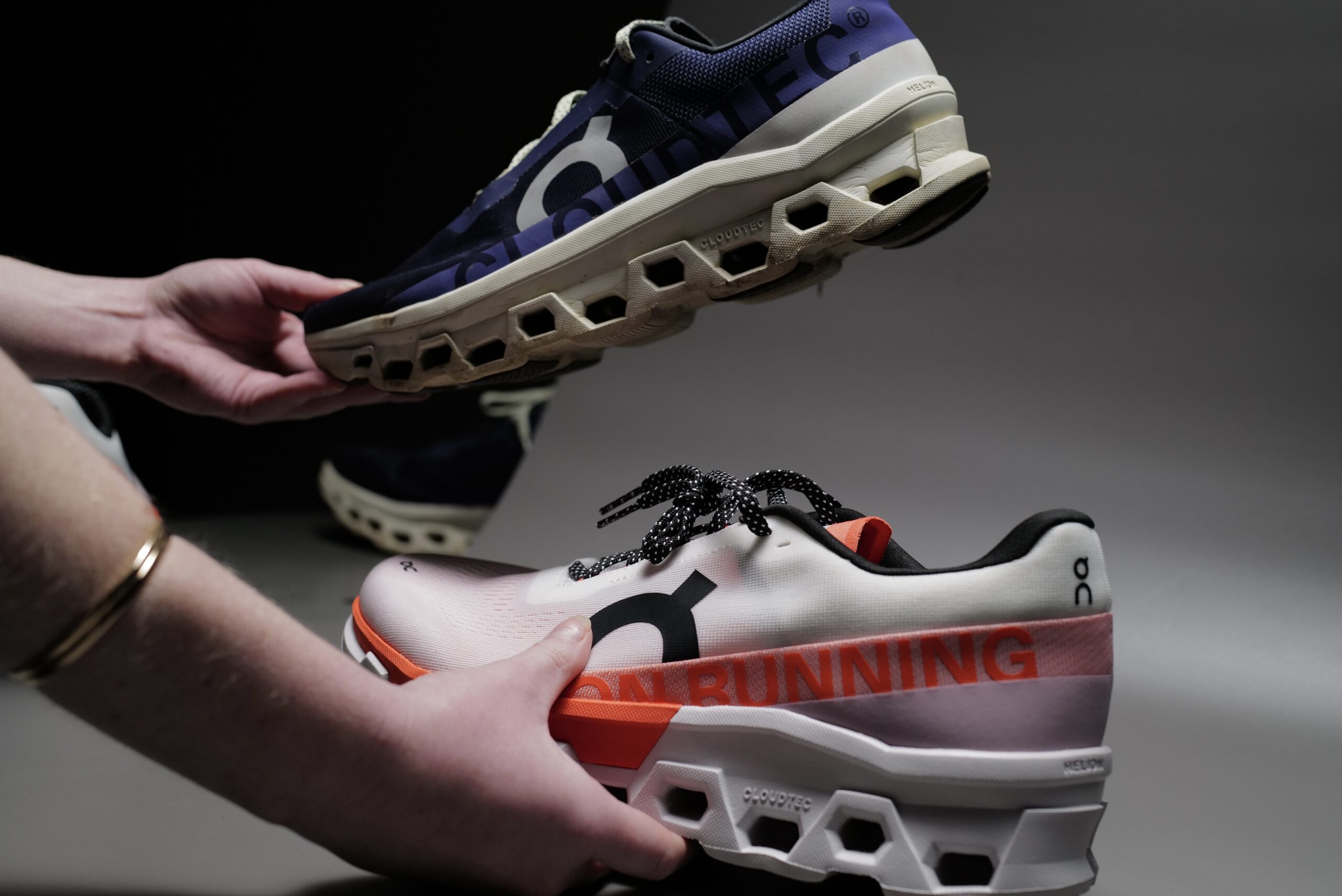
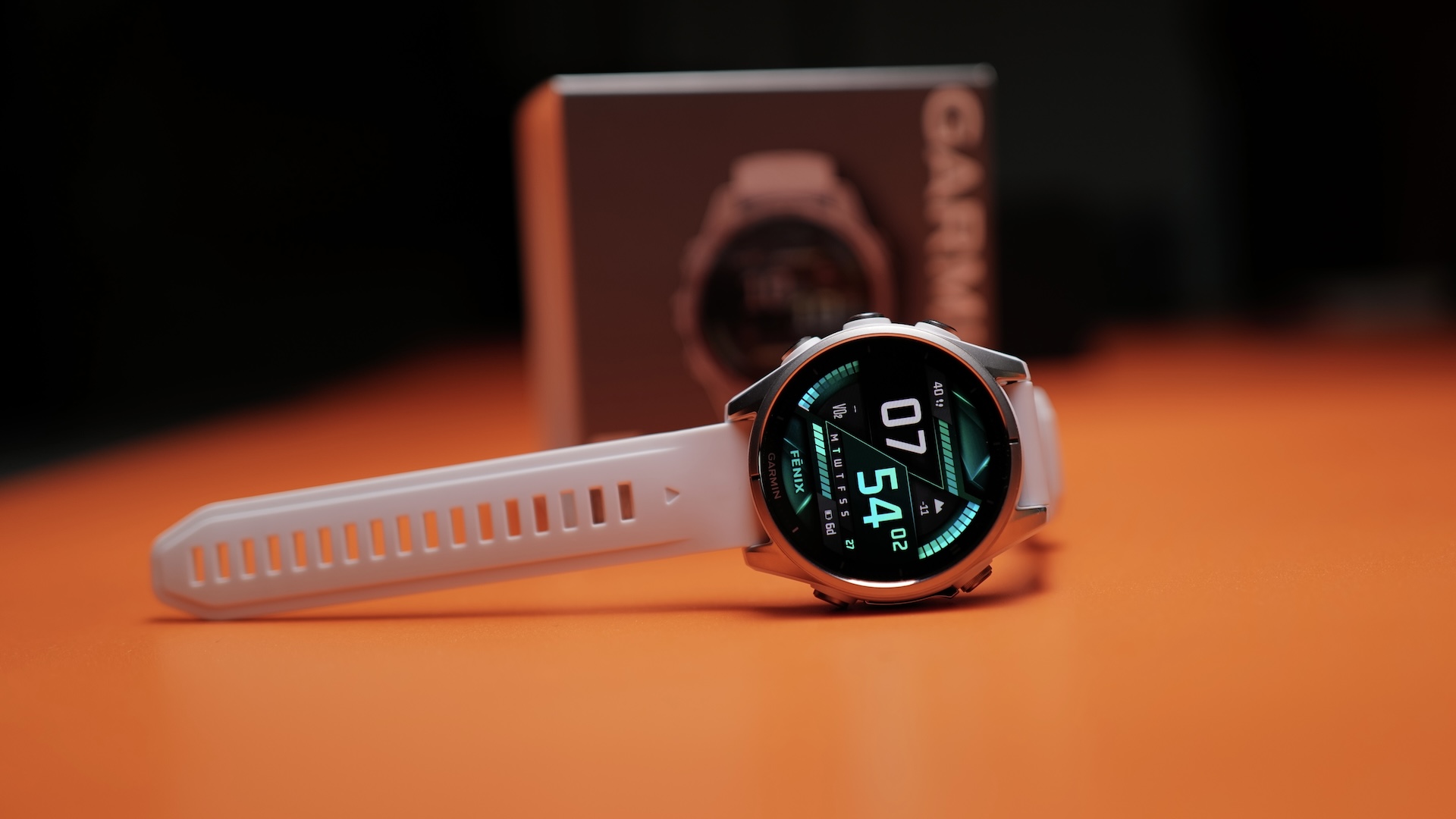

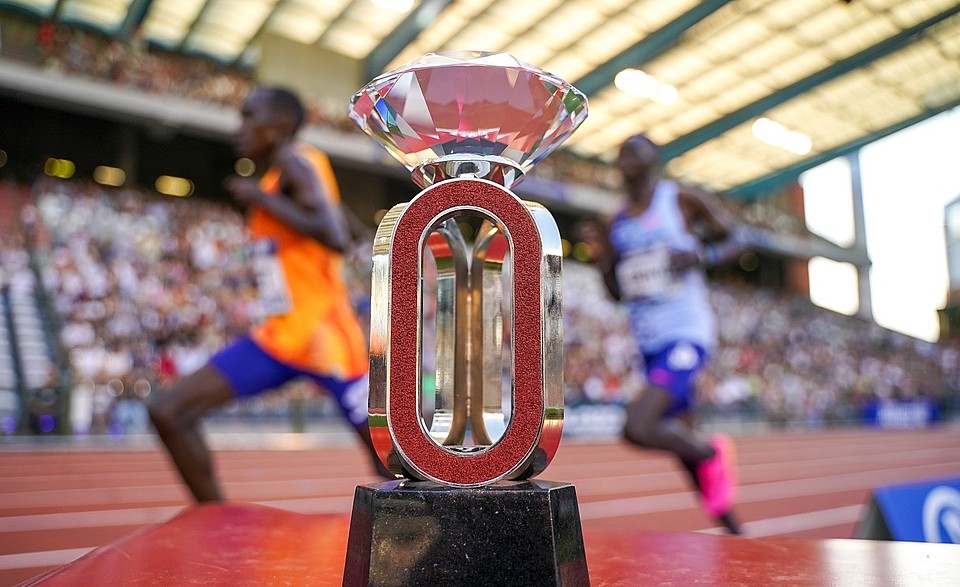

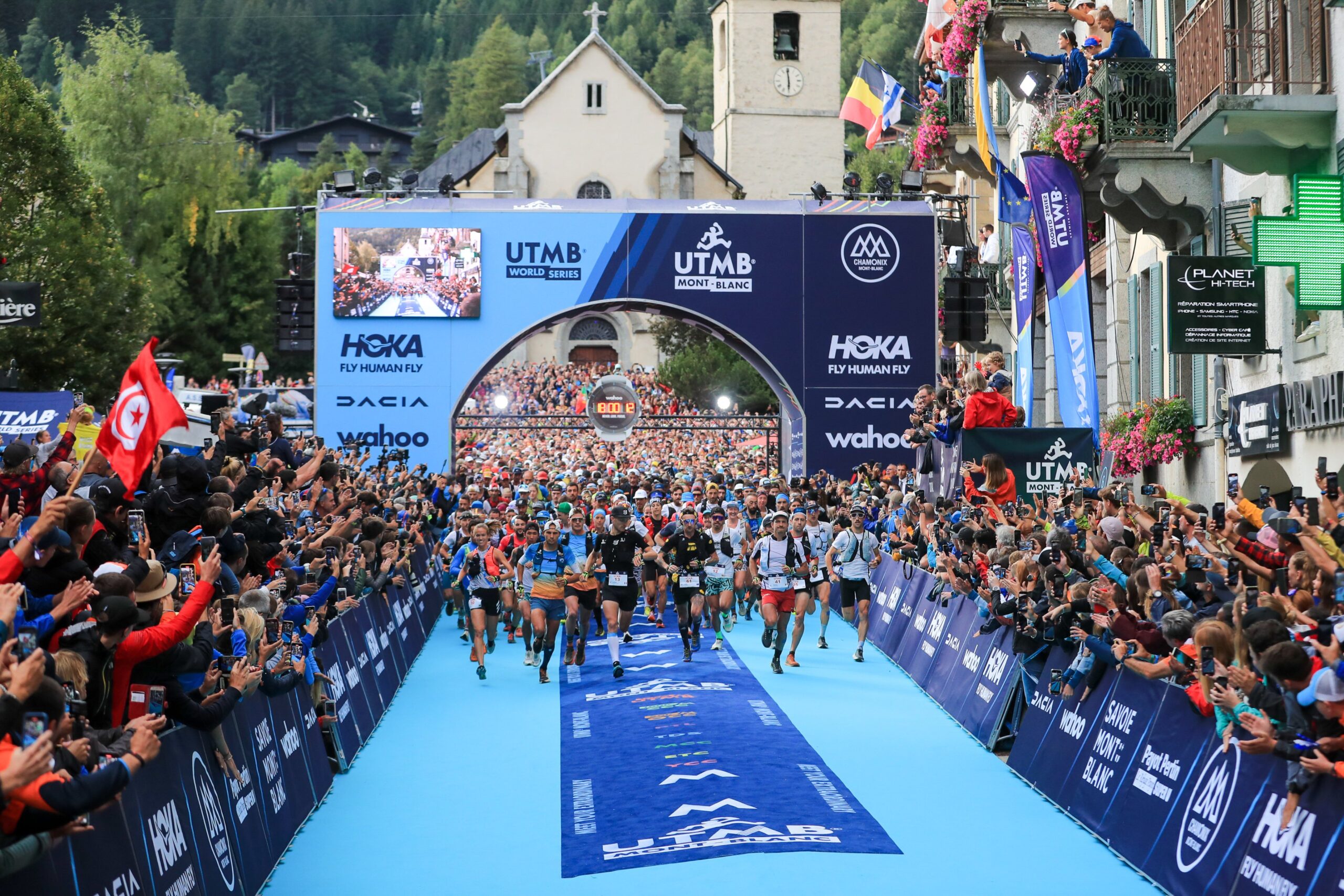
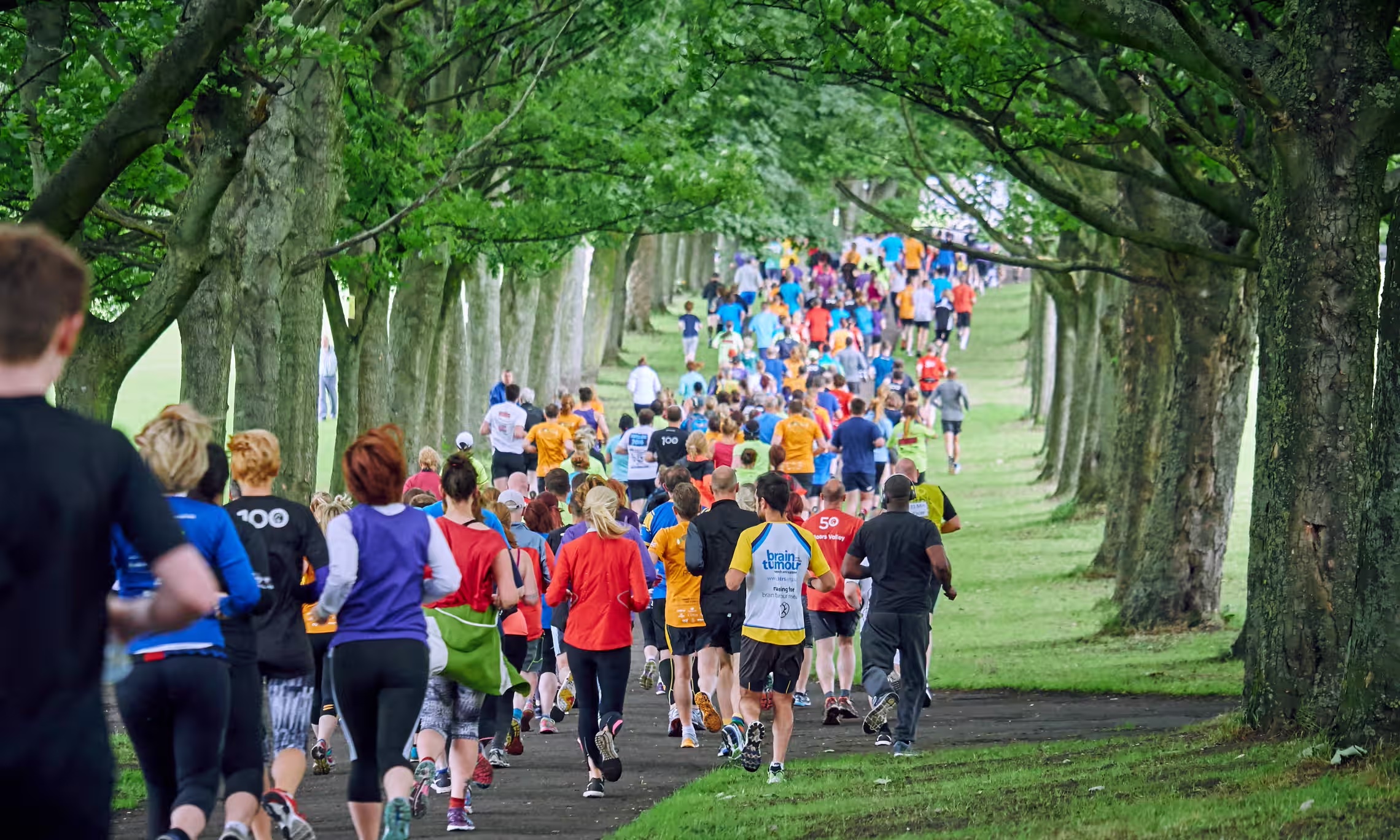
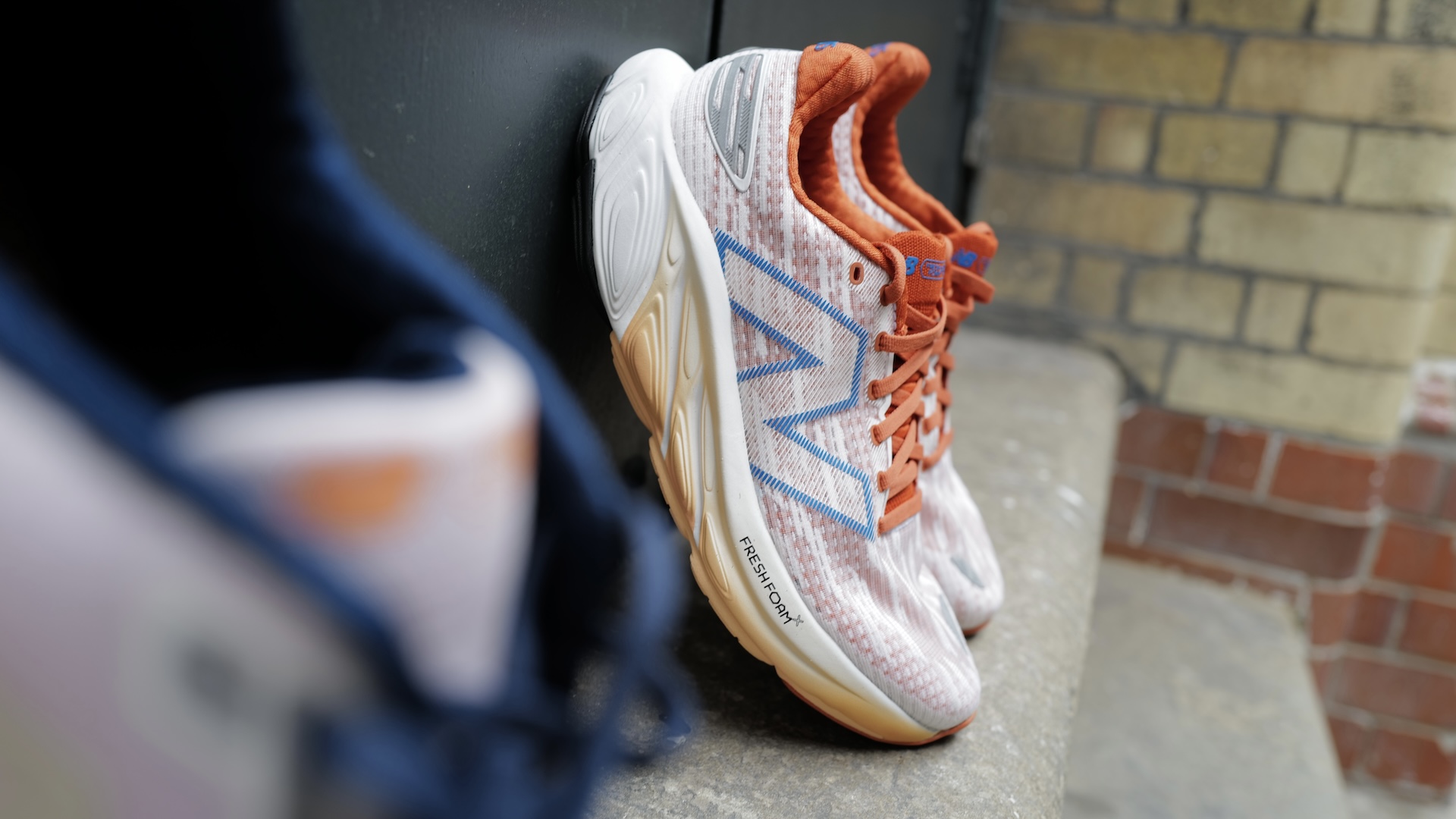


Running News
Ingebrigtsen Stars at World Athletics Indoor Championships 2025 – Plus All The Winners!
Sam Ruthe Is First 15-Year-Old To Run A Four-Minute Mile!
Eliud Kipchoge Will Run The 2025 Sydney Marathon!